These Are the Best Dogs to Guard Your Livestock
Not all dogs are cut out for farm life, but some were practically born for it. When it comes to protecting chickens, certain breeds know exactly what to do even if you’re not watching. These dogs have the instincts, loyalty, and guts to keep your flock safe.
Great Pyrenees
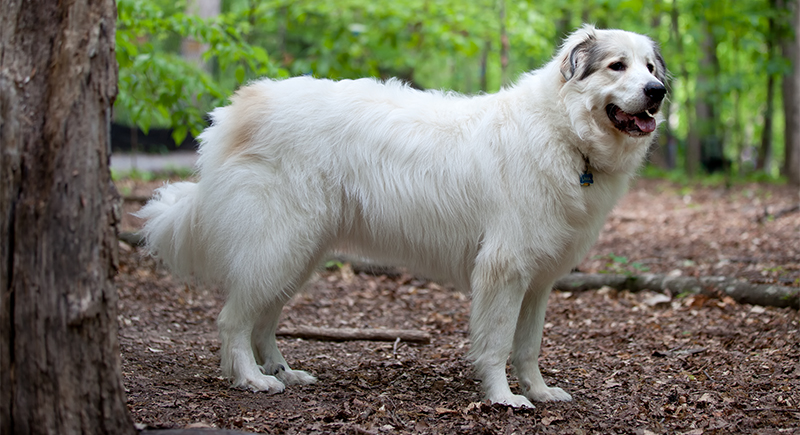
Credit: Wikimedia Commons
Centuries ago, in the Pyrenees Mountains, these dogs developed a reputation for calmly standing guard over livestock. They’re known to bond with chickens just as easily as with sheep. This breed’s strength lies in its independence and ability to detect threats without barking unnecessarily.
Tibetan Mastiff

Credit: flickr
Tibetan Mastiffs are independent and bold, bred to operate without human input in mountainous regions. These dogs set their own patrol routes and often decide for themselves when intervention is needed. They do not suit every owner, but with proper socialization, they become imposing protectors with an intuitive sense of territory.
Akbash
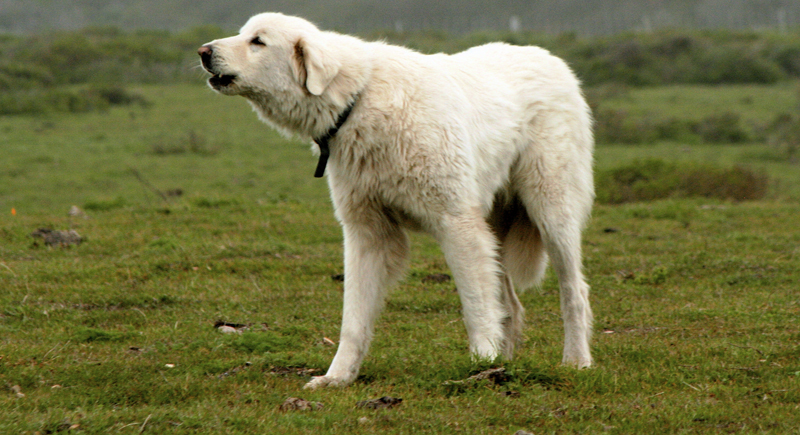
Credit: Wikimedia Commons
In open pasture settings, Akbash dogs perform their roles without prompting. Their quiet demeanor belies the speed at which they confront predators. They tend to linger at the edges of a flock and scan for movement.
Komondor
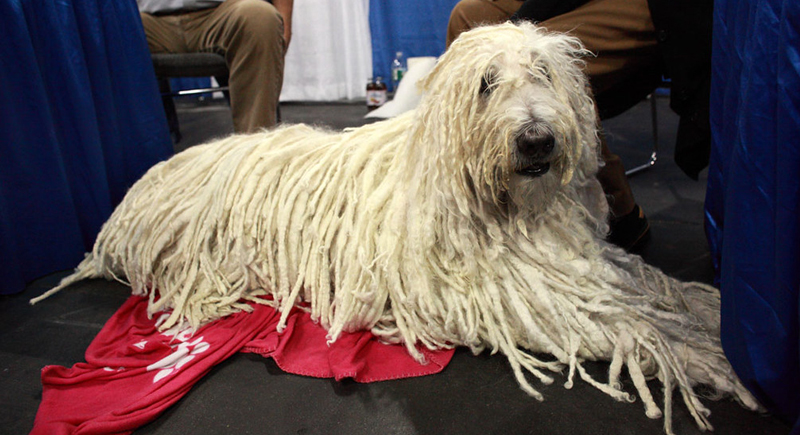
Credit: flickr
Hungary’s Komondor is built for protection and camouflage. The dense cords on its body serve as armor against bites and cold weather. A nocturnal guard by nature, the Komondor thrives on routine and benefits from early pairing with poultry to prevent aloofness.
Kangal
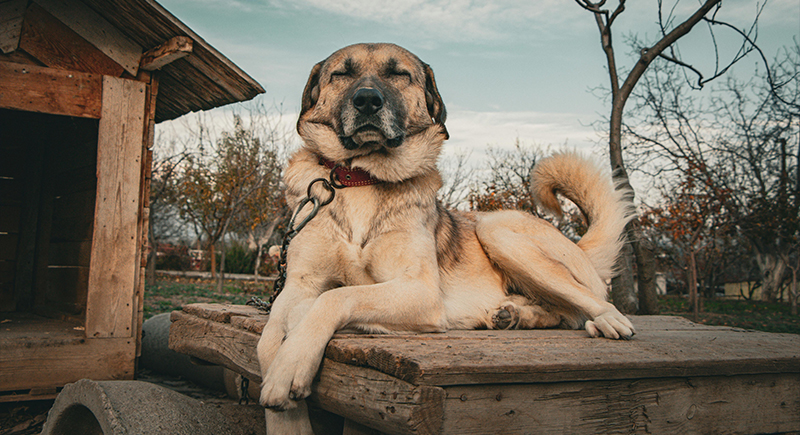
Credit: pexels
Kangals hold a place of prestige in Turkey, and for good reason; they’re powerful, composed, and alert. Their reputation for strength doesn’t overshadow their measured approach to defense. Rather than chasing, this breed relies on posture and presence to dissuade intruders. Their nighttime awareness makes them highly effective in regions with frequent nocturnal predators.
Maremma Sheepdog
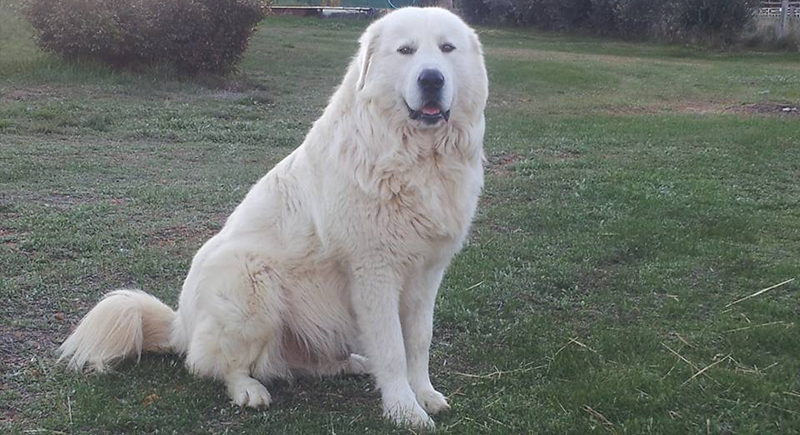
Credit: Wikimedia Commons
Maremmas are raised from a young age alongside sheep or chickens, so their loyalty is not to people, but to their charges. Their calmness under pressure and refusal to stray far from the animals make them ideal for static flock settings.
Central Asian Shepherd (Alabai)
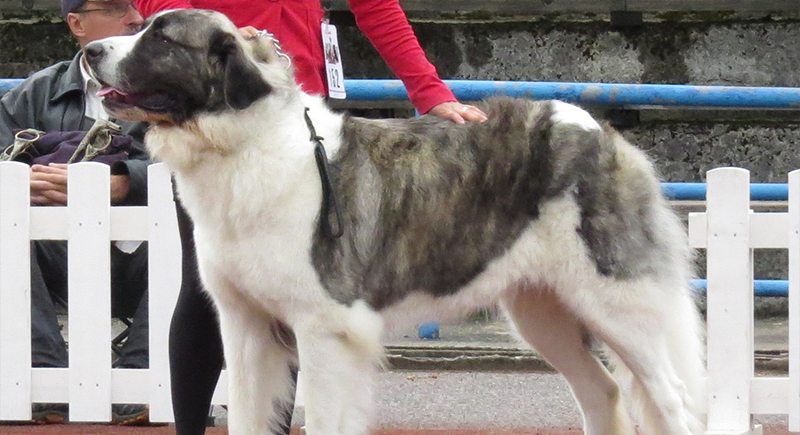
Credit: Wikimedia Commons
The Alabai, used across remote rangelands, doesn’t look for confrontation but responds decisively when tested. This breed excels in wide spaces, where it can freely assess its surroundings. Once mature, it rarely requires reminders of its role. It’s a breed best handled by those who understand how to foster independent working behavior.
Anatolian Shepherd
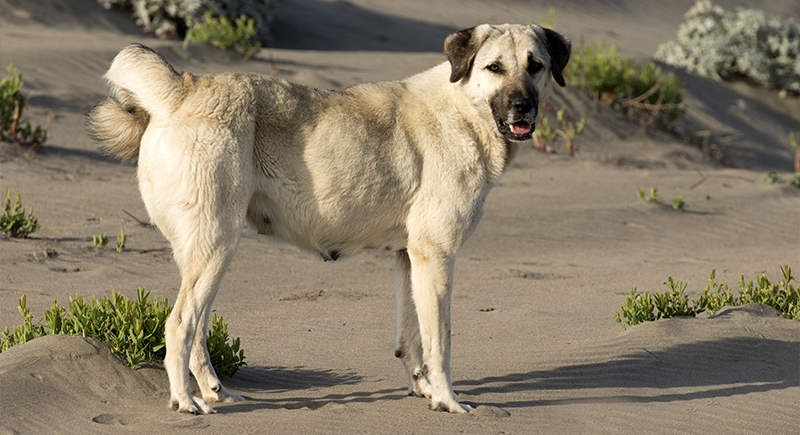
Credit: Wikimedia Commons
The Anatolian Shepherd maintains focus without constant supervision. It walks perimeter lines, evaluates disturbances, and takes swift action if needed. These dogs are not aggressive without cause but require consistent boundaries during training. Over time, they adopt the flock as their responsibility and act accordingly.
Pyrenean Mastiff
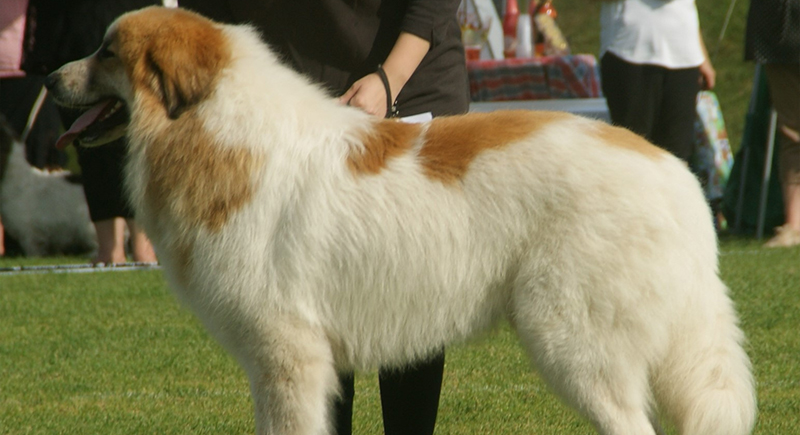
Credit: Wikimedia Commons
While less common than its cousin, the Great Pyrenees, the Pyrenean Mastiff shares a gentle temperament with strong protective tendencies. Historically, it traveled long distances with shepherds to keep a close eye on flocks. Its quiet nature allows it to blend into the background until needed. The breed responds well to clear routines.
Sharplaninac
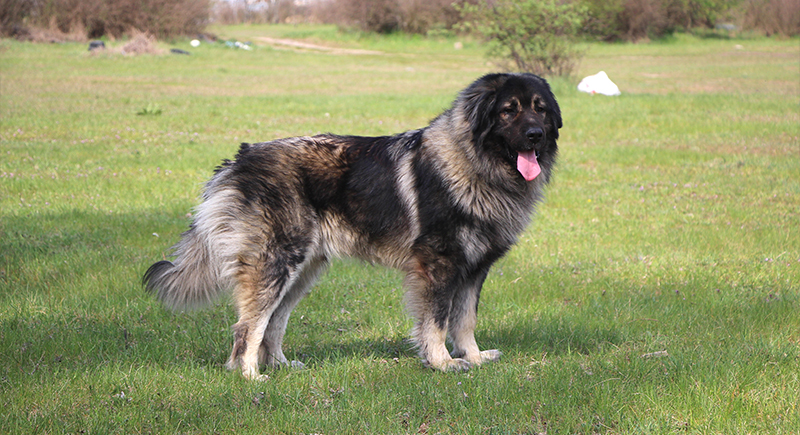
Credit: Wikimedia Commons
Success with poultry depends on early exposure and consistent reinforcement with this breed. The Sharplaninac observes and gauges threats before responding and rarely makes noise without purpose. Its aloofness with strangers doesn’t extend to animals it sees as its own.
Kuvasz

Credit: flickr
The Kuvasz has roots in Hungarian nobility and shepherd culture. It is bold and quick-moving. These dogs operate best when given space and responsibility. Over time, they build a sense of ownership over their flock. The Kuvasz is capable of intense loyalty, though it needs regular training and oversight in its early years.
Estrela Mountain Dog
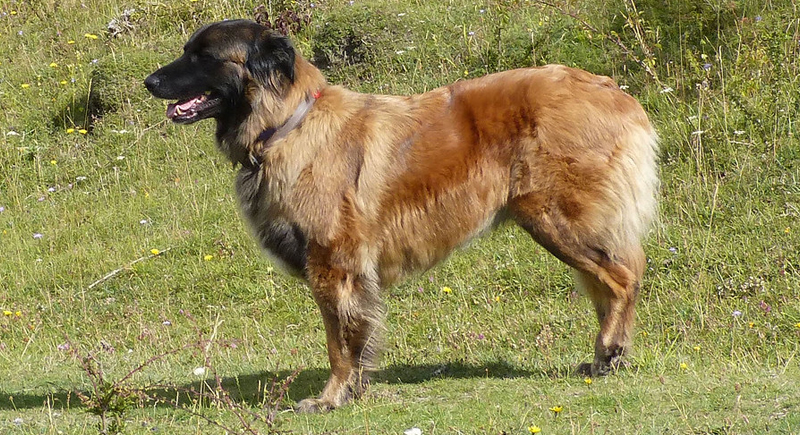
Credit: flickr
This Portuguese breed offers calm, steady protection. Its even temperament and sense of duty allow it to coexist well with poultry once introduced properly. It thrives in environments where patience and consistency shape its role.
Spanish Mastiff
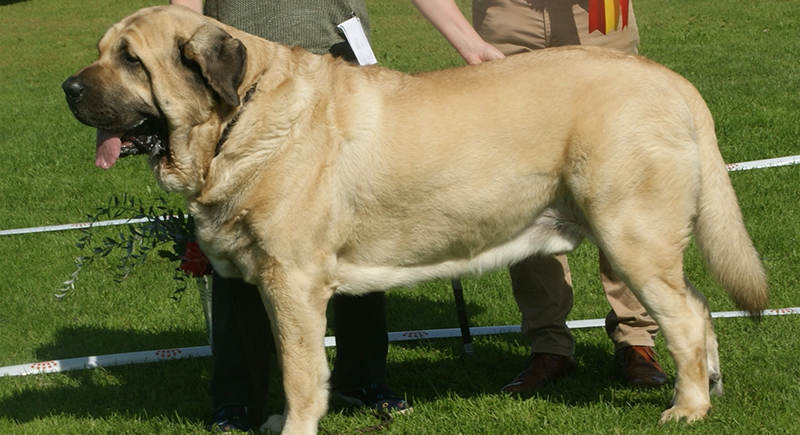
Credit: Wikimedia Commons
The Spanish Mastiff was originally developed to guard migrating flocks in Spain. It brings strength and calm authority to any farm. Their deep bark carries across distances, and their laid-back nature means less stress on timid animals like chickens.
Boz Shepherd
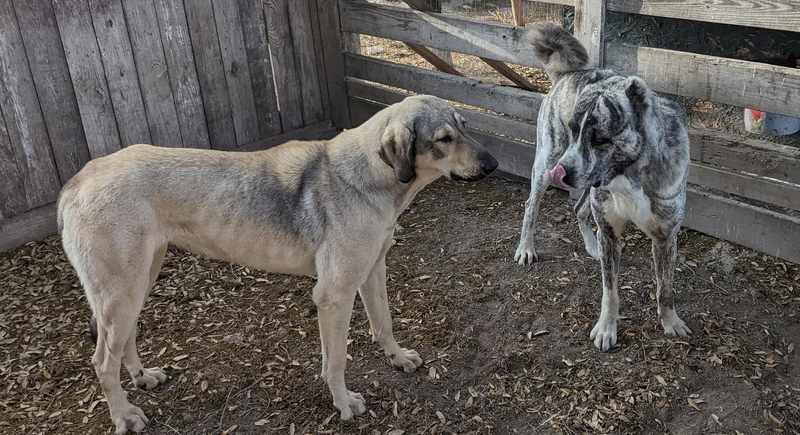
Credit: Reddit
A cousin of the Kangal, the Boz Shepherd shares many of the same traits: calm, strong, and independent. They are known for excelling in harsh terrain and climate extremes, and they adapt well to rural farms. They are less common in the U.S. but are gaining recognition for poultry protection. Flock bonding begins young, and these dogs thrive when allowed to operate with autonomy.
Caucasian Shepherd
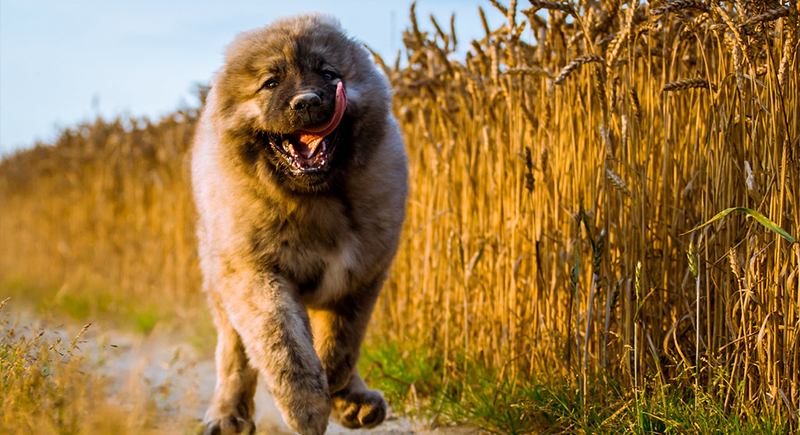
Credit: flickr
The Caucasian Shepherd has been used for centuries to guard livestock in the Caucasus Mountains. They are fearless and powerful, with a natural drive to protect. Their thick double coat allows them to handle cold climates well. While not ideal for small backyards, they excel on spacious farms where chickens range freely.